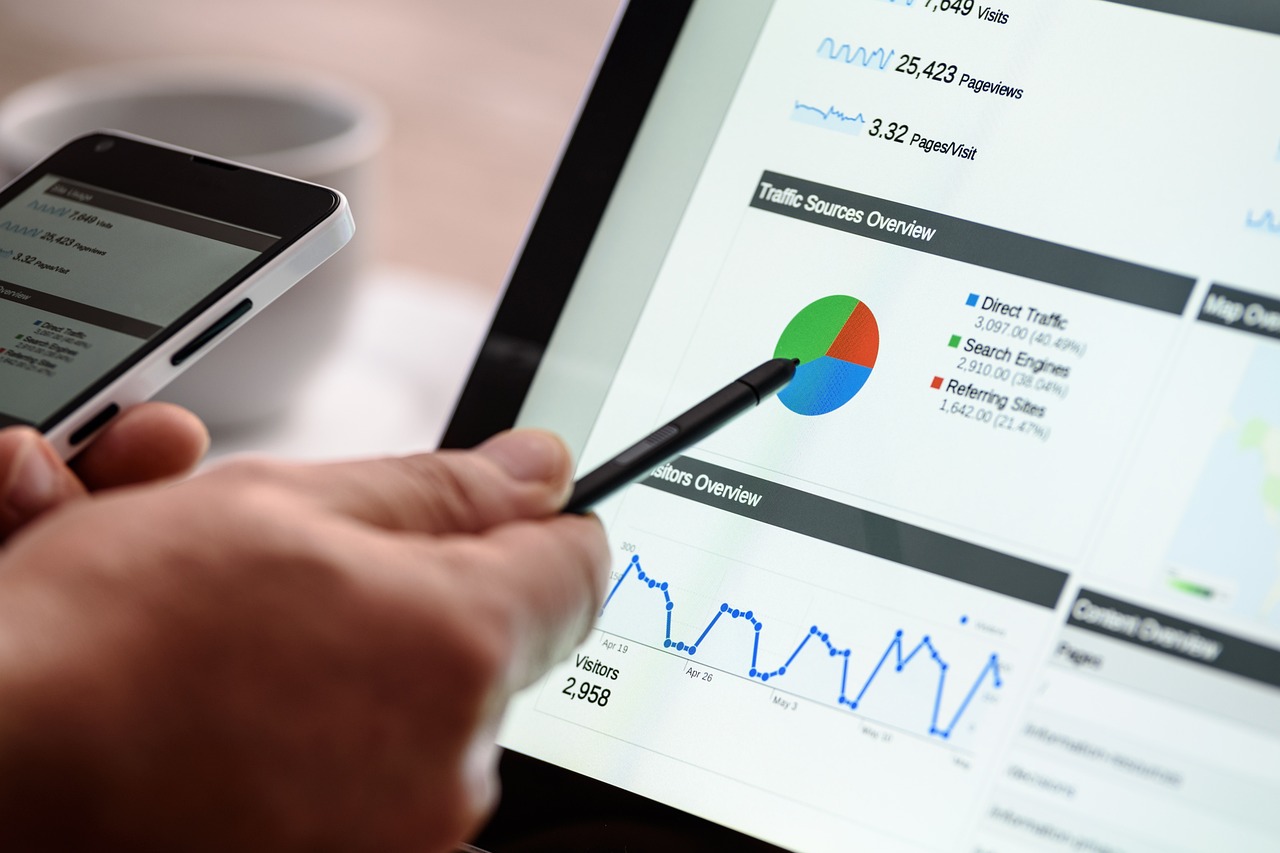Performance Marketing: A Comprehensive Guide to Data-Driven Success
Performance marketing is an umbrella term for marketing strategies that focus on specific, measurable outcomes. Unlike traditional marketing, which often relies on brand awareness and reach, performance marketing prioritizes trackable conversions, such as sales, leads, or website visits.
Benefits of Performance Marketing
- Measurable Results: Performance marketing provides granular data on campaign effectiveness, allowing businesses to quantify ROI and make informed decisions.
- Targeted Campaigns: Performance marketing enables businesses to target specific customer segments based on demographics, behavior, and interests.
- Cost-Effective: By focusing on conversion-based outcomes, performance marketing campaigns minimize waste and maximize value.
- Flexibility and Optimization: Performance marketing campaigns can be adjusted in real-time to optimize results based on data insights.
Types of Performance Marketing
Affiliate Marketing
- Involves partnering with third-party publishers to promote products or services in exchange for a commission on sales or leads.
Cost-Per-Mille (CPM) Marketing
- Advertisers pay a fixed rate for every thousand impressions of their ads, regardless of clicks or conversions.
Cost-Per-Click (CPC) Marketing
- Advertisers pay a fee each time a user clicks on their ad, regardless of whether it leads to a conversion.
Cost-Per-Action (CPA) Marketing
- Advertisers pay when a specific action is taken, such as a sale, lead generation, or app installation.
Remarketing
- Involves retargeting users who have previously visited a website or interacted with a brand’s content.
Key Performance Indicators (KPIs) for Performance Marketing
Conversions
- Measure the number of desired actions taken, such as sales, leads, or website registrations.
Conversion Rate
- Calculate the percentage of users who take a desired action after being exposed to marketing efforts.
Cost-Per-Acquisition (CPA)
- Determine the average cost of acquiring a new customer or lead.
ROI (Return on Investment)
- Calculate the financial benefit of a performance marketing campaign compared to its cost.
Best Practices for Performance Marketing
Data Analysis and Optimization
- Regularly track and analyze campaign data to identify areas for improvement and optimize performance.
Content Relevance and Targeting
- Create highly relevant and targeted content that resonates with the intended audience.
A/B Testing
- Conduct A/B tests to compare different ad copy, landing pages, or call-to-actions to determine what performs best.
Attribution Modeling
- Use attribution models to determine the impact of different marketing touchpoints on conversions.
Integration with CRM and Analytics
- Integrate performance marketing data with CRM systems and analytics platforms to gain a holistic view of customer behavior.
Conclusion
Performance marketing is a powerful tool for businesses looking to achieve specific, measurable outcomes. By understanding the different types, KPIs, and best practices, marketers can optimize their campaigns for maximum impact. By focusing on data-driven insights and continuous optimization, performance marketing empowers businesses to drive conversions, improve ROI, and achieve marketing success.




